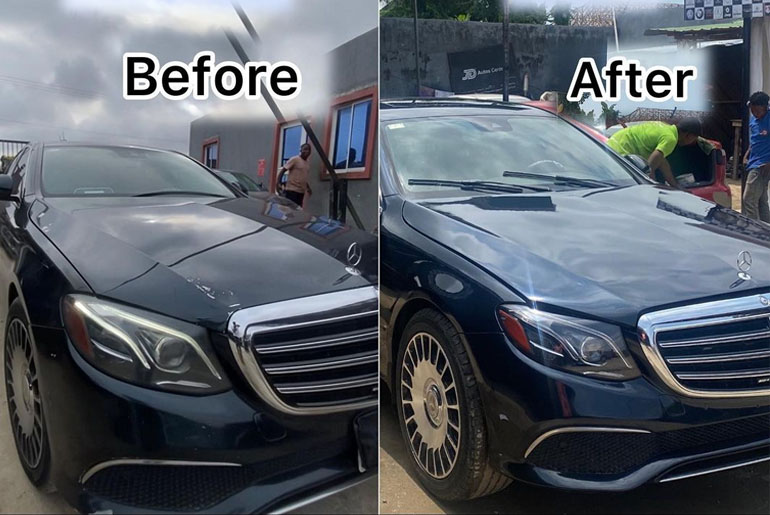Regular car, truck, and motorcycle maintenance and inspection can often prevent or catch problems before they become serious. However, inspecting your brakes or checking your oil level is relatively easy. Only some vehicle components are so easily examined especially the transmission.
Table of Contents
Apart from the transmission fluid, which isn’t actually a ‘lifetime fluid,’ here’s another vehicle component that requires attention from time to time: the vehicle clutch.
How Does a Vehicle Clutch Work?
Usually, clutches are most associated with manual transmissions. Although rare, some cars and trucks still offer a stick. And with motorcycles, it’s the rule, not the exception. To get power to a wheel, it must travel from the engine’s crankshaft through the transmission and driveshaft into a differential.
But you can’t change gears just by moving the shifter. The engine and driveshaft turn at different speeds, and shifting like that would severely damage the transmission. That’s why there’s a clutch.
At its heart is a disc made of high-friction material. This disc presses up against the flywheel, which is connected to the engine’s crankshaft. A pressure plate and diaphragm spring maintain even pressure on the disc, with the whole arrangement contained with a cover bolted to the flywheel.
All this is mounted on an input shaft. As the crankshaft turns, it spins the flywheel, which spins the disc, and the input shaft, which feeds into the transmission.
When you want to change gears, you press down on the clutch pedal, which depresses a release (or ‘throw-out’) bearing. This presses on the diaphragm spring and disengages the friction disc. With this, the transmission gears can spin freely, and you can shift. When you’re down, you release the clutch pedal, which releases the bearing and, thus, the spring. The friction disc reengages and smoothly lets the transmission and driveshaft reconnect with the engine.
A motorcycle clutch has essentially the same parts and works the same way. However, instead of one large clutch disc, it has multiple smaller ones for easier packaging.
Does Every Vehicle Need a Clutch Replacement?
Like brake pads, a clutch is a mechanical component that gradually wears away, especially the friction disc. As such, it needs to be replaced after a set number of miles. However, so far, we’ve only discussed a manual transmission. It’s a slightly different story with dual-clutch transmissions and automatics.
As the name implies, a dual-clutch uses two computer-controlled clutches to shift gears. It speeds up shifts and prevents excessive loss of power and acceleration. They were marketed as smoother than manuals and faster than conventional automatics.
In fact, Car and Driver report automatics have improved so much that the DCT is becoming overshadowed from a performance standpoint.
Autoblog explains that A torque converter automatic doesn’t have a clutch like a manual or DCT. Instead of a friction disc, a torque converter uses spinning fans and fluid to send power from the engine to the transmission.
There is a clutch inside the torque converter; however, if the torque converter has clutch problems, it’s cheaper and easier to replace the whole converter.
Warning Signs for Clutch Care
Proper care ensures a friction disc can last up to 100,000 miles. Some can last even longer, though. Motorcycle clutches generally don’t last quite as long as car clutches, but you should be able to go multiple riding seasons without worry.
The driver or rider, Your Mechanic explains, is the clutch wear’s biggest factor. Keeping the clutch pedal or lever depressed for extended periods puts strain on the components.
There are several signs that indicate your clutch may be on the way out. One of the first is if the pedal or lever moves with less resistance than normal. That means the friction materials are starting to lose their grip. If this continues, the clutch can start to slip, letting the engine rev without the vehicle moving, which can sometimes result in literally burning the clutch up.
You can also have the opposite problem: the clutch sticking too much or failing to release. When this happens, you’ll hear a loud grinding noise, feel lots of vibration, and possibly detect a burning odour.
Conclusion
If you own a vehicle that uses a clutch, note that it’s important to regularly care for it as it impacts your vehicle’s general wellness.







